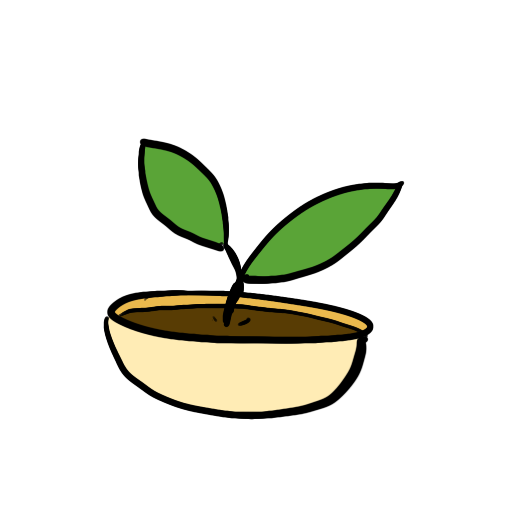This website is built with Astro ↗ and served via GitHub Pages. You can view the source code here ↗.
For those of you who may enjoy additional commentary on colophons, feel free to visit  the Garden’s article on colophons ↗.
the Garden’s article on colophons ↗.
If you’d like more context, on why I rebuild my website every year, you may read  my post on the history of bencuan.me ↗.
my post on the history of bencuan.me ↗.
colors
This website uses a custom color palette designed as a distillation of the colors in my  physical room space ↗. You can view more of my color palettes on the colors page.
physical room space ↗. You can view more of my color palettes on the colors page.
| color | hex | pantone |
|---|---|---|
| Palm Tree Island | #297638 | Pantone 2465 C |
| Aspen Green | #7E9B76 | Pantone 17-0215 TCX |
| Frosted Mint | #CDD4CB | Pantone 12-5703 TPG |
| Stalactite | #F7F6F2 | Pantone 11-4101 TCX |
| Snowfall | #F4EEE8 | Pantone 11-0002 TCX |
| Metallic Fir | #505457 | Pantone 20-0012 TPM |
| Anthracite | #29282D | Pantone 19-4007 TCX |
typography
Headers are set in Pangaia, body text is set in Eiko, and UI elements are set in fraktion sans.
Sizing is calculated with a modified version of Fluid Typography ↗.
All fonts are designed by Pangram Pangram ↗, and licensed for personal use.
iconography
This website uses Phosphor Icons ↗.
 Kevin the Dinosaur was hand-drawn by myself using Procreate ↗.
Kevin the Dinosaur was hand-drawn by myself using Procreate ↗.